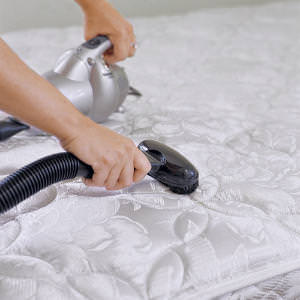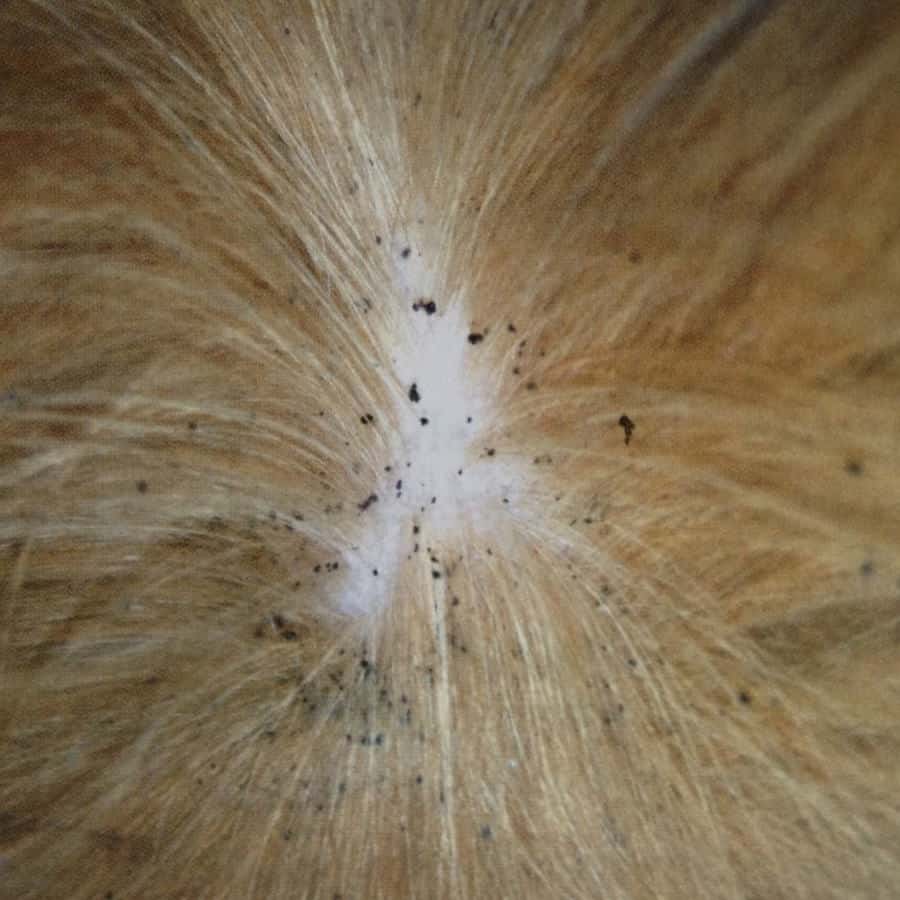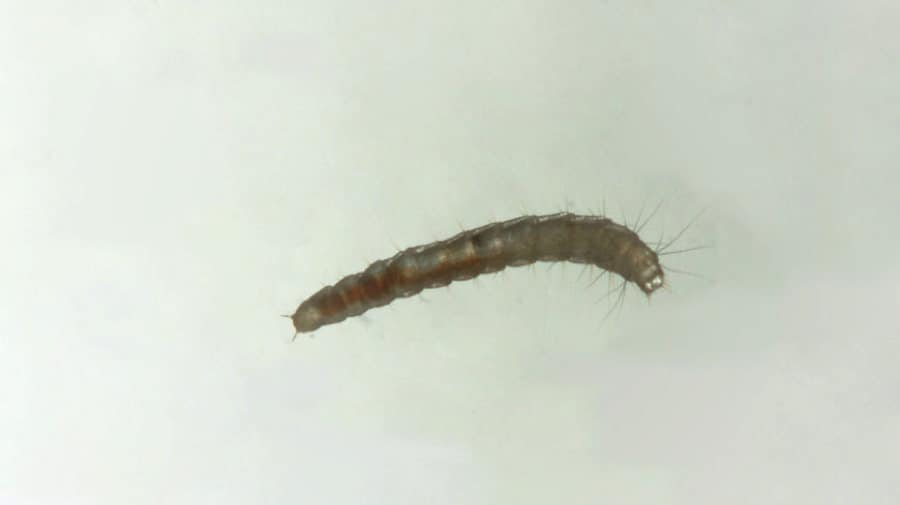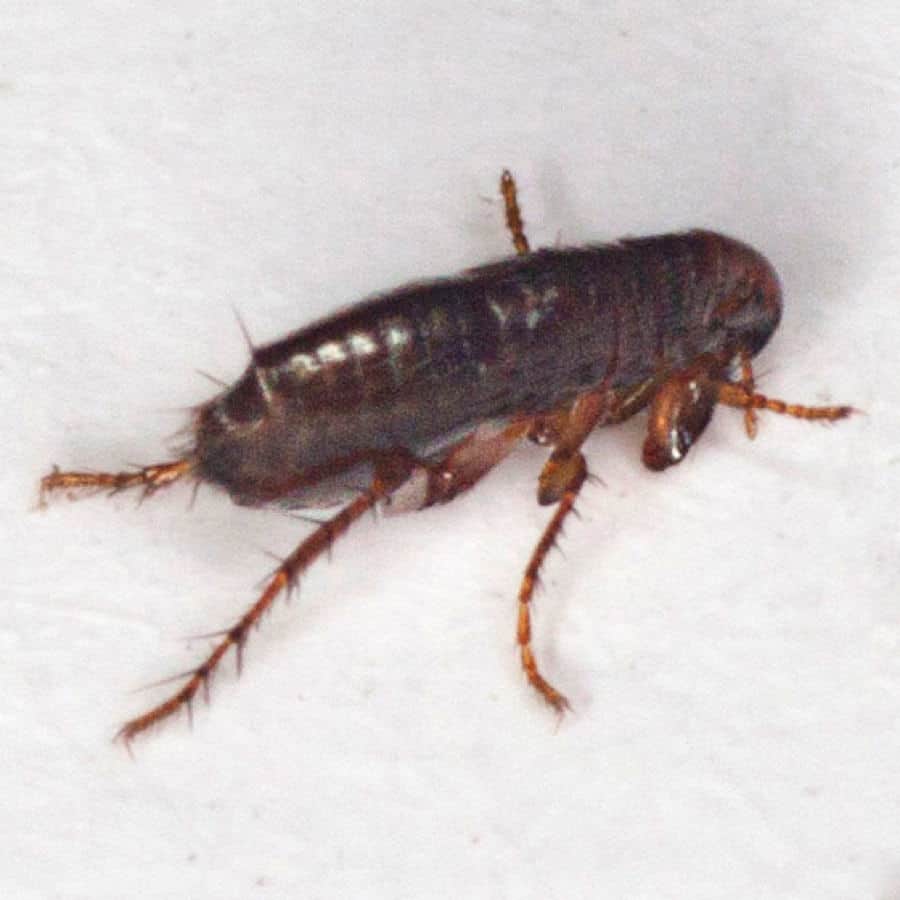Natural Ways To Get Rid Of Fleas: Top Remedies
A flea infestation is an experience that no one wants to have. Due to the fact that these pests live on, and within the vicinity of a host for their entire lifespan, fleas present a problem for pet owners. Complications range from basic itching to an entire infestation, or even mortality if your pet is left untreated. Although calling in pest control experts is an option, there are all- natural home remedies that work well to eradicate fleas.
Knowing how and where to apply these treatments, what is required to ensure higher success rates and what to look for in the first place, will all help you in your quest to get rid of fleas.
How to Know If You Have a Flea Infestation
There are multiple signs that cannot be ignored when it comes to determining whether or not you have a flea infestation. These signs can make all the difference in beginning the process of ridding your pet(s) and home of this problem.
One indication that I pay great attention to is when pets start scratching more often than usual. This doesn’t refer to dogs spending a little more time on the hindquarters, or cats intently licking a particular spot. I’m referring to when your pet simply doesn’t stop scratching.
Another tell-tale sign is the presence of off-white and/or reddish-brown specks, which look a lot like some kind of dandruff or dust in your cat or dog’s fur. The former are flea eggs, meaning that female adult fleas have already been at work, spawning their offspring.
The latter, unfortunately, isn’t a result of pets rolling around in the mud, but is actually flea feces. “Flea dirt” as it’s also called, lets you know that fleas have already been making your pet, and home, their base of operations.
Instances of hair loss or reddened skin are also symptoms, on both cats and dogs. For cats, their neck and head are prime targets for fleas, while dogs’ hindquarters present ample feasting opportunities for these pests. Check these areas first to see if there are any unusual changes, as mentioned above.
I also have to share another possible sign of infestation, one that affects humans. Should you notice a rise in painful itching, as well as bumps, red marks and welts, you are being bitten by fleas. Not the best way to discover this, but there are ways to get rid of them.
What You Need to Know About Getting Rid of Fleas Yourself
Professional pest control experts are a great option for ridding yourself of a flea infestation, albeit, a costly one. Luckily, there is a wide selection of home remedies to try, if you would prefer to adopt a do-it-yourself approach, in order to eradicate pest problems. However, there are some things to observe and take into account.
Personally, I feel that a combination often works better, and can really give you a fighting chance against infestation. I also recommend treating indoors and outdoors regularly, to consistently repel and kill fleas.
There’s more about that later in the article, but for now, we will take a look at general tips for DIY pest control.
After you’ve cleaned all pet bedding, furniture and flea-concentrated areas as thoroughly as possible (washing in warm water, vacuuming, etc), you’ll want to step it up a notch. Home remedies are a helpful resource, but while they are many options, few are 100% effective.
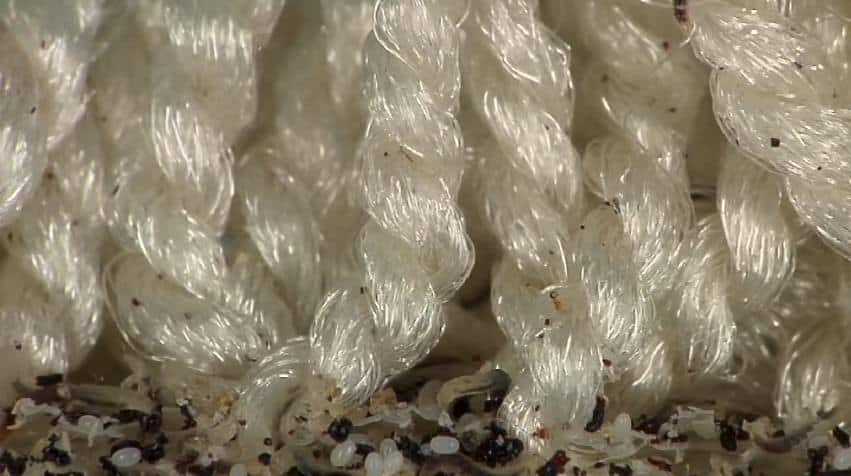
Some of these treatments act as a flea repellent, as opposed to complete eradication. Therefore, it is necessary to repeat the processes often to achieve any results. Another issue here is that while you may see a decrease in adult fleas, if the home solution doesn’t target eggs and larvae, it’s only a matter of time before the problem resurfaces.
This could lead you to take on more toxic chemicals to get rid of your flea infestation. Many of these chemicals contain ingredients like methoprene, permethrin and imidacloprid, all of which require knowledge of application.
It is important to note that they and other chemicals have been harmful to animals in labs, so it’s not difficult to see why you shouldn’t mess with them, if you aren’t sure how they should be used.
You can wear masks, clothing that covers arms and legs, and gloves, to protect the lungs and the skin from the effects of harmful chemicals. With the DIY approach, you have to be even more vigilant and careful when treating your home and environs. Don’t skimp on safety and risk your health or that of your pets.
Best Home Remedies For Fleas
Below I’ve listed some of my top go-to home remedies for flea infestation. As with any natural or chemical remedy, be vigilant for allergic reactions in both human and animal occupants.
To ensure safety, some remedies will require you to keep your animals outdoors until treatment is complete, in order to protect them from potential allergic reactions or harmful effects.
Also, be very careful when using any kind of flea treatment on puppies and kittens, as they may not be able to handle some of the higher doses than larger animals can.
With safety protocols in place, let’s get into the thick of treating your flea infestation.
Rosemary
This herb may be great with lamb, but it also holds a pest-killing secret. Organic and an effective flea repellent, you can use this for milder infestations.
Here’s how:
- Combine wormwood, rue, peppermint and fennel with the rosemary.
- To make it into powder form, use a mortar and pestle for grinding.
- Sprinkle the herb-based flea powder onto all areas where fleas may be present, including pet bedding, toys, carpets, rugs, corners, window sills, etc.
- Repeat this process every few days to consistently repel fleas.
Baking Soda
Baking soda is a cure for many household ailments, with flea infestations being one of them. Baking soda and salt dehydrate fleas, which results in their death. Before you start the process, make sure your baking powder is still active. To do so, pour a little vinegar into it. If it bubbles up, that means the baking soda will work as it should.
Here’s what you do next:
- Keep pets outdoors when you’re going to treat your home. The ingredients can irritate the skin.
- Combine baking soda with salt.
- Sprinkle all affected (and potentially affected) areas of your home with the mixture. This can include carpets, rugs, and so on.
- Use a hard broom or brush so you can evenly spread the mixture.
- Leave the mixture overnight.
- Vacuum the areas where the mixture was spread, preferably with a water vacuum for better results.
- As more fleas will hatch during this time period, be sure to vacuum again up to four days after, to make sure your home is flea free.
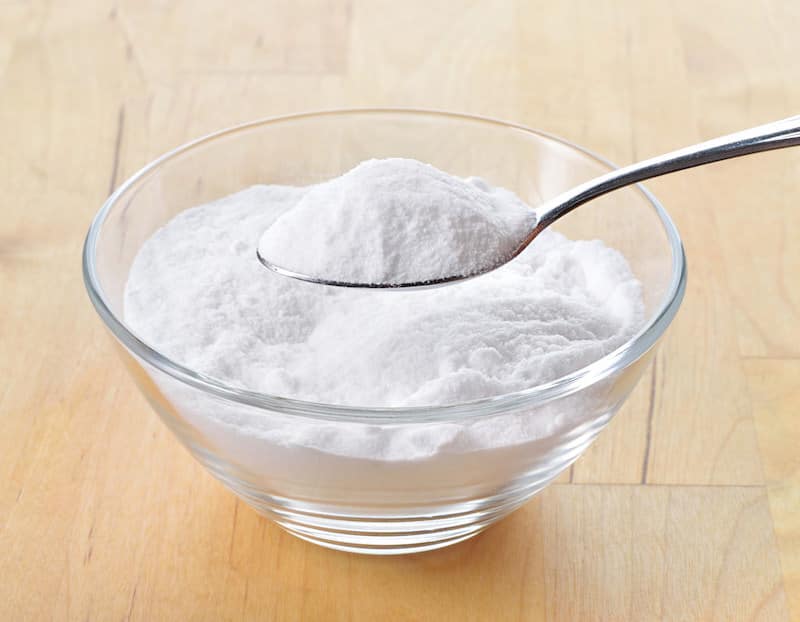
Plants
There are some plants you can keep both indoors and outdoors, that fleas cannot stand. These include chrysanthemums, spearmint, pennyroyal, feverfew and lavender. The makeup of these plants repel the pests, which makes them a good choice to keep around the house. They contain chemicals, oils, and compounds that, when combined, make for good flea repellents.
Simply:
- Place pots with your selected plant(s) around your home.
- Choose them as additions to your garden or general landscape.
Garlic
It’s ironic that these little bloodsuckers are repelled by garlic. Their “vampiric” nature aside, fleas do not like it. That’s why I recommend spraying it in your yard. When you use garlic as a repellent outdoors, just remember not to overdo it, as it can also be harmful to beneficial plants and bugs.
Here’s how you can make your own garlic spray:
- Separate at least eight cloves of garlic from its bulb and chop each of the 8 heads off each clove – the skin can be left on.
- Combine the chopped garlic with nearly boiling water.
- Let this steep for approximately 12 hours.
- Use a garden sprayer to distribute evenly across your yard, garden, and lawn.
- Repeat the process over time to ensure fleas continue to stay off the outdoors of your property.
Diatomaceous Earth
Be careful with this outdoor remedy; although it is a non-toxic powder, it can be an irritant. To avoid problems, keep animals from breathing it in and wear a mask to protect yourself. Diatoms – fossilized organisms, literally break flea eggs apart and dry them out.
The powder is easily found online and can be bought at numerous pet supply stores, or even Walmart and Amazon. Consider using this powder along with other treatment methods already mentioned.
Use it in this way:
- Buy diatomaceous earth (food grade). Do not use industrial-grade, as it is used in manufacturing or for pools and is chemically-treated.
- Put on your mask and use gloves as an extra precaution.
- Dust and distribute in areas where your pet spends the most time – grass, earth, outdoor bedding, kennels, etc.
- Also, use in areas where you believe fleas might surface.
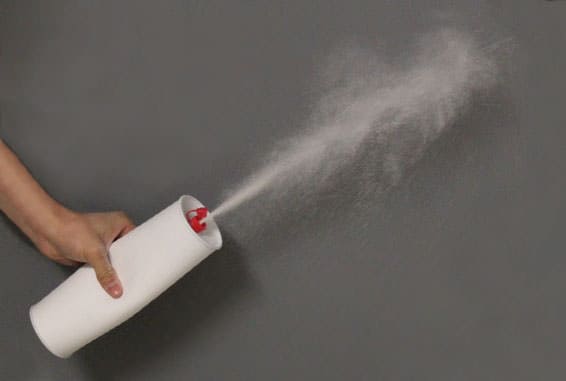
Dish Soap
Fleas are not fans of dish soap. This is because once they’re in it, they can’t get out. Once stuck inside such a concentrated liquid, as you can imagine, it is not long before they drown – which is great for you and your pets.
Consider this your ultimate flea trap:
- Combine warm water and dish soap.
- Make sure the consistency is fairly soapy.
- As fleas are generally nocturnal, set new bowls of the substance down each night, in high-traffic flea areas.
Fogging
This treatment works well and is also used by professional exterminators. Use this if you have a severe infestation, as it does require a lot of prepping before you begin. Not to mention, you may need to do it more than once. One of the plus sides, however, is that the fog can access the places which aren’t easily reached, such as corners of a room or behind heavy furniture.
Here’s how you do it:
- Disable all smoke alarms, as the fog could set them off.
- Any items that you don’t want to be exposed to the fog must be properly covered up or removed from the room being treated.
- Before release, close all doors and windows, so the fog can really get to work.
- Let the fogger do its work; leave your house, with pets in tow.
- Stay away for 2 – 3 hours.
- On return, open doors and windows and let your home air out properly. Don’t stay inside – give this process another 2 – 3 hours.
Other Methods
Other natural treatment methods can include beneficial nematodes, essential oils, and apple cider vinegar.
How to Make Sure the Home Remedies Are Working
When you’ve done all you can to get rid of the flea infestation, there are ways to check to see if it’s working well.
If fleas are still present in the weeks following treatment(s) – especially those that require consistent treatments – change your tactics.
This might seem obvious, but seeing fleas jumping a day or two after you begin treatment, doesn’t necessarily mean it’s not working. Many of these take time to have any effect. However, if a considerable amount of time passes with no change, you still have a problem.
Pay close attention to your pet’s behavior. If you see they are still constantly scratching and biting areas on their bodies where fleas hide, or are unusually irritable and unsettled, there may still be fleas present.
By now you have a trained eye and know what to look for when it comes to signs of flea infestation. Put your detective hat on and take a good look around your home, indoors and out.
Check for eggs – a sign that, though adult fleas may be eradicated, you may be about to face another infestation problem when the new batch has hatched. If you’ve brushed, washed and properly cleaned your animal and droppings are still visible days after, there are still fleas present.
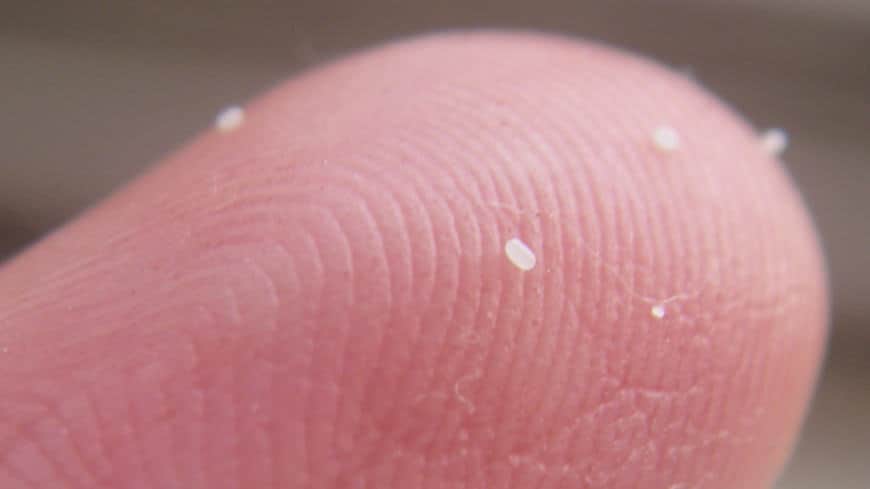
Wear white socks and walk around your home. Fleas won’t have a choice but to be attracted to your warmth as you move. If they jump onto the white socks, it will be clear that you still have a problem.
Do the same – with shoes – in your yard or other outdoor areas, especially where the fleas tend to frequent. Move slowly and use a flashlight for shady areas, so you don’t miss any jumping fleas. If nothing happens, your yard is flea free.
Summary
As mentioned earlier, while getting a pest control expert involved may be an option you wish to choose, there are several effective home remedies for fleas. Ranging between those you can use daily, weekly or monthly. There is no shortage of treatments to consider, as you tackle a flea infestation.
With consistency, vigilance and attention to detail, including changes in your pet(s) and around your home, it will not be difficult to spot and eradicate a potential flea infestation in progress.

